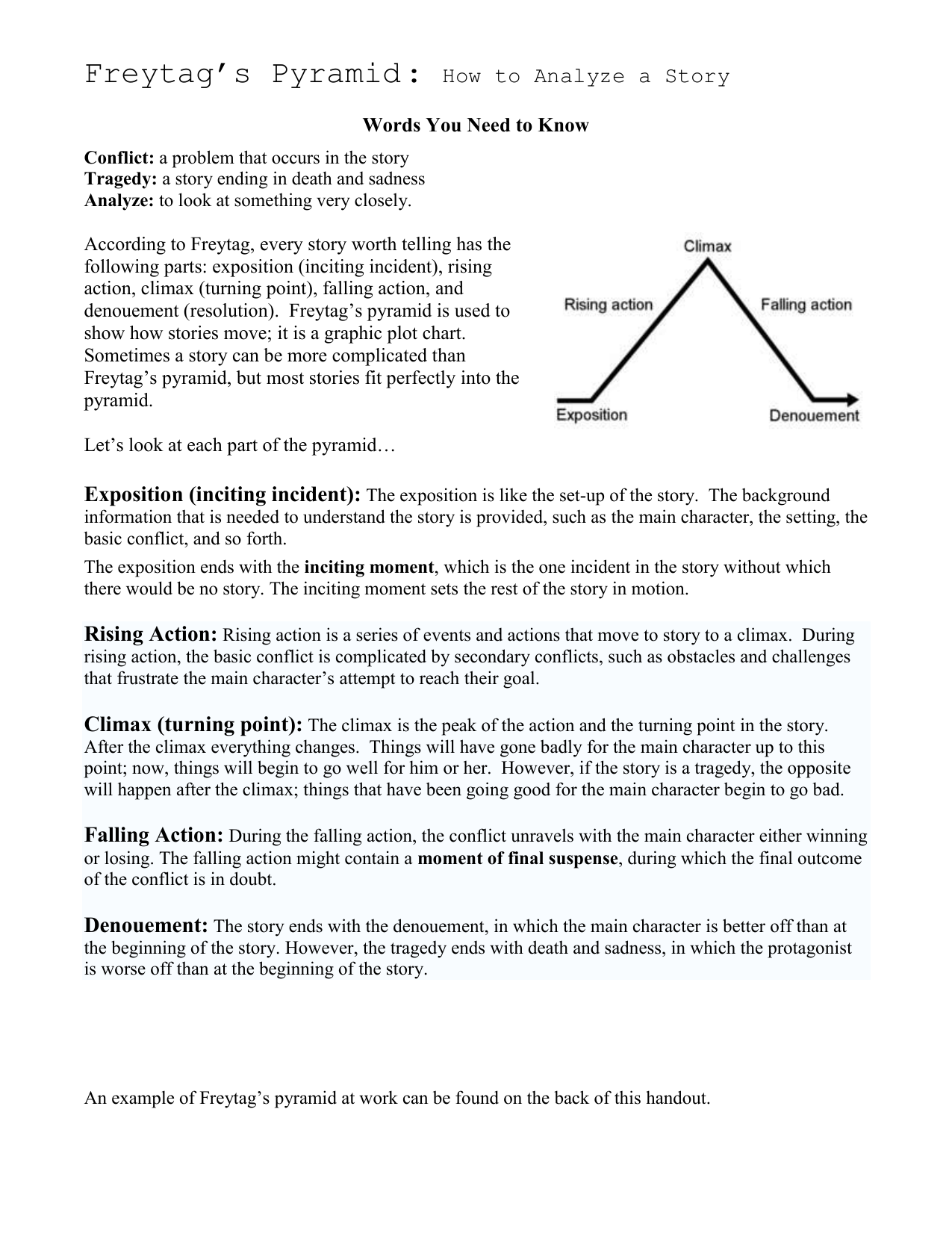

It's the Romantic in me.”) – speculations that Rick neither confirms nor denies.

Instead, they have Claude Rains’ character, Inspector Renault, speculate about the reasons that Rick can’t go home (“Did you abscond with the church funds? Run off with a senator's wife? I like to think you killed a man. The specific reason doesn’t matter, so the screenwriters (Julius & Phillip Epstein and Howard Koch) decided not to fill in that particular blank. In terms of the plot, the only important element in this is that he cannot go home. In the classic Casablanca, Humphrey Bogart’s character Rick is an American expatriate living in North Africa who cannot return home to the United States. Explaining everything - screenplays and movies today seem to be uncomfortable with mystery and ambiguity: every beat, motivation, and moment must be laid out every dangling thread must be tied up. And while most screenplays do not do this to the same extent, this is something I’ve been seeing a lot of lately – the over-explaining of non-essential or redundant story elements.Ĥ. There were dozens of similar bits throughout the script. The script then immediately cuts to a flashback showing the supporting character tripping over the hose. The supporting character reports that he tripped over a hose. Although the fact that the supporting character is wearing a cast never plays an important role in the story (it is simply a piece of character color), the script has the protagonist ask the supporting character what happened. Explaining things that don’t need to be explained - I read a script a few weeks back in which a supporting character enters a scene wearing a cast on his foot. The flashbacks are problematic because they interrupt the flow of the story, which kills the development, build, and momentum of the piece.ģ. This is hard to do if your opening consists mainly of non-dramatic pipe-laying. The preambles are a problem because the main purpose of a screenplay’s opening pages and a movie’s opening moments is to grab the audience’s attention and pull them into the story.
EXPOSITION STORY SERIES
These backstories are usually presented either as a long preamble to the main tale or in a long block flashback inserted in the body of the script or a series of shorter flashbacks sprinkled throughout the piece. Non-essential backstories – which, like the screenplay mentioned at the beginning of this piece, provide a detailed biography of the protagonist or a history of the story’s central premise or key dramatic situation, even if little or none of this information is relevant to or pays off in the primary narrative. Extended backstories - in which every detail of the protagonist’s biography and/or the history of the story’s central premise are spelled out in excruciating detail when a simple scene or line of dialogue would accomplish the same task much more efficiently.Ģ. I’ve been seeing more and more exposition shoved into scripts and movies in four basic ways:ġ. In recent years, however, many screenwriters have not been observing this rule. By its very nature, exposition is static, and so, no matter how skillfully it is inserted, it will always slow down a narrative).įor all of these reasons, it has always been a cardinal rule of dramatic writing that exposition should be kept to an absolute minimum – the audience should be given all of the information it needs to understand a story, but not one bit more. Exposition is explanation, and explanation is inherently undramatic – because it contains no action, conflict, climax, or resolution because it does not advance the narrative (although it clarifies the story, it does not push it forward) and because it disrupts the momentum-the dramatic flow and build-of the piece (dramatic storytelling must be dynamic – moving constantly forward at an ever-increasing pace and intensity from inciting incident to inevitable climax. But too much exposition is also a problem.

Too little exposition is a problem because with insufficient information, the audience won’t be able to understand what’s going on in a screenplay or film. Exposition includes material that explains the story’s premise, its characters, and its world and/or setting. These twenty pages are symptomatic of a problematic trend I’ve been noticing in a lot of specs and movies lately – an excess of story exposition.Įxposition is the vital information an audience needs in order to understand the action in a dramatic story.


 0 kommentar(er)
0 kommentar(er)
